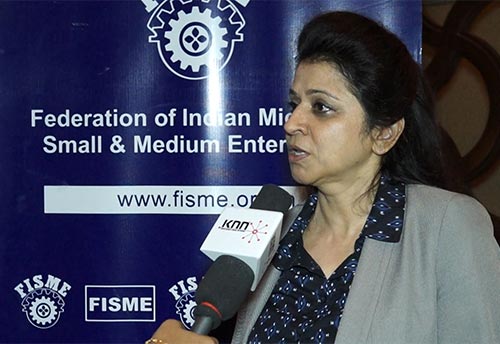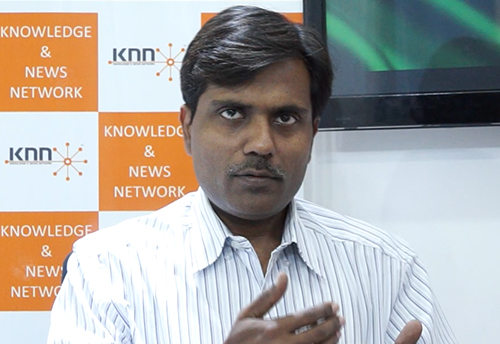Try something new, even if risky, says innovation guru Wittenberg
Updated: Mar 07, 2013 08:42:46pm
.jpg)
According to Wittenberg, the best innovation process comprises of three steps: discover, invent, refine. He recommends that businesses seeking innovation observe technologies to discoveroriginal insights, identify out of the box ideas and launch them inexpensively.
Here are excerpts fromhis interview:
1) How often do SMEs seek your advice when compared to large companies? What problems do they encounter and how do they differ from those of large companies?
I speak with small business owners frequently, both in conferences and individually. All of them want to grow, but compared to large enterprises, they don’t have the money and manpower to devote to planning, learning and experimenting. So, they often get stuck doing the same things rather than innovating.
2) What are the barriers of innovation in Indian SMEs and how are theydifferent from SMEs of developed countries? Please give some examples.
Compared with SMEs in developed countries, Indian SMEs face significant hurdles to innovation in three areas: resources, know-how and, most importantly, culture. There is little or no funding here for experiments, and India lags behind the more developed nations in formal training for innovation. Significantly, in Indian culture, failure is seen as strongly negative, so entrepreneurs naturally prefer to do what is tried and true rather than what is new and risky.
3) How will you prepare the roadmap for implementing new ideas, design, service, usage, product or improved quality for SMEs? How can you ensure that their innovation machine becomes a high-powered engine driving big results? What “innovation processes” are involved in launching a new product or service with limited finance; how are they different in a large company?
There is only one innovation process we know of that works well consistently. It can be managed with little money. It works in both large and small companies.
The best innovation process consists of three steps: discover, invent, refine. In the first step, a business must observe technologies and customers to discover deep and original insights that no one else is addressing. Next, the business must brainstorm for “out-of-the-box” ideas to address the insight. Finally, once the best idea is selected, the business must validate, build and launch the idea as quickly and inexpensively as possible.
While large companies have more resources to pour into their innovation process, small companies can follow these three steps to success, even if they don’t have a lot of money to invest.
4) Technological constraint is one of the major factors for failing to adopt new methods, how can SMEs overcome technical barriers to make profits?
To my way of thinking, most constraints occur more in the imagination than in the company. If a new method produces superior results, then every smart person should adopt the new method.
5) SMEs are undersupplied with information and knowledge, how can they be more informed about market trends and adopt new ways to sustain?
In the Internet Age, almost anything can be learned online. It’s a great tool for monitoring technological change. To learn about customer trends, it’s far more important to observe one’s own customers than to look for publications from other sources. KNN











